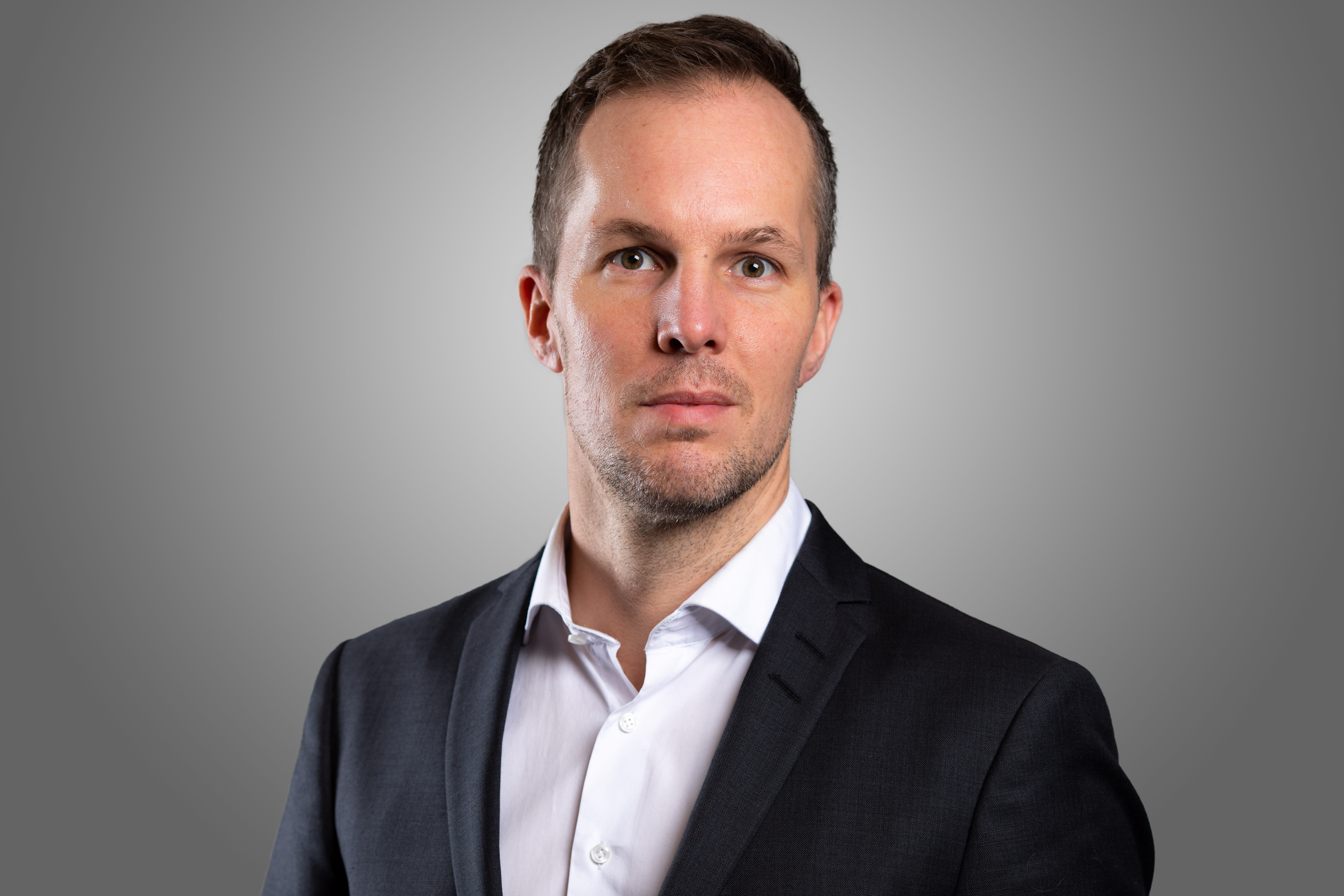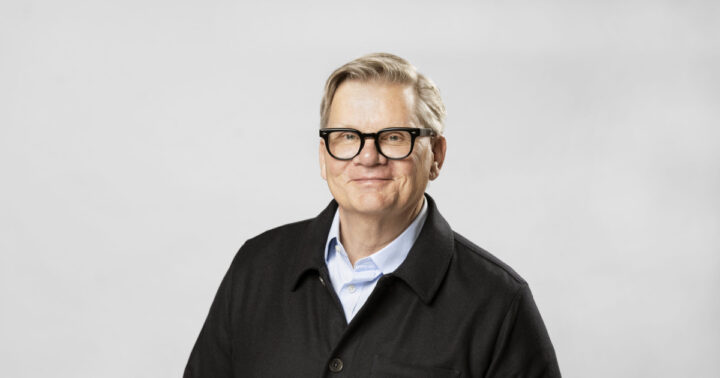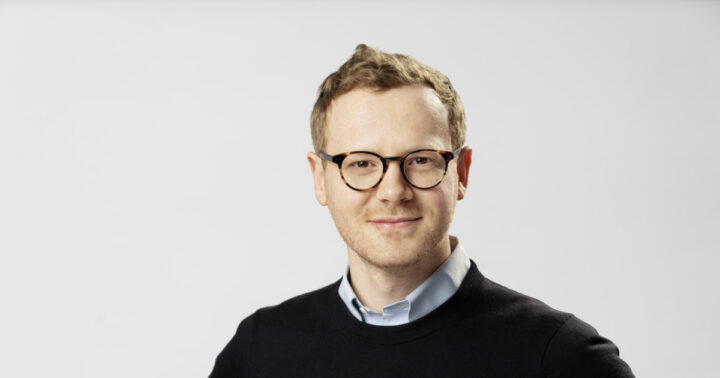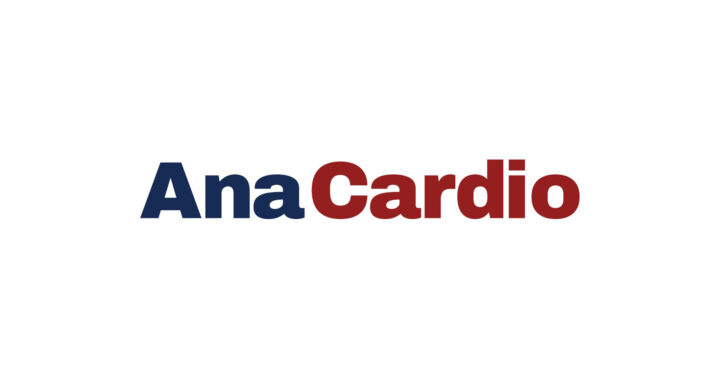AnaCardio is focused on bringing treatment for one of today’s largest unmet medical needs to market. According to CEO Patrik Strömberg, the Swedish biopharmaceutical company is leveraging strong science with smart business to develop its novel drug therapy for heart failure.
Strömberg’s background is in science. After finishing his Ph.D. in Biochemistry at Karolinska Institutet in 2002, he immediately began a career in the pharmaceutical industry. Starting off as a senior scientist at AstraZeneca, he eventually became Vice President of External Innovation at Swedish Orphan Biovitrum — picking up an MBA from Stockholm University along the way.
“My focus was always on R&D innovation and strategies to manage projects and product portfolios,” says Strömberg. “I did the MBA to really understand the pharmaceutical business and better understand drug development from a strategic and commercial point of view.”
In 2021, he was approached about taking on chief executive duties for a startup, AnaCardio. By pure coincidence, the company’s founder, Professor Lars Lund, M.D. Ph.D. was an acquaintance.
“We had common friends,” Strömberg recalls. “Actually, we’d gone skiing together a few times. I knew he was working on a project or a startup, but not much of the details.”
Head of the heart failure research program at Karolinska University Hospital, Lund founded AnaCardio in 2017. He eventually secured seed funding from a life sciences investment firm, and Strömberg was suggested as one of the candidates for CEO.
“I always wanted to be more invested and lead my own company or project,” says Strömberg. “And then this opportunity came up. It was brilliant science for treating heart failure, a huge indication with a really high unmet medical need.”
A drug that is safe in the long run
A leading cause of hospitalization, heart failure is estimated to affect up to 100 million individuals around the world. Current standard drug therapies relieve stress on the heart but don’t treat the underlying issue: reduced contractility, the heart muscle’s capacity to contract. Meanwhile, drugs that can stimulate contractility and get a patient’s heart pumping with more force and strength — called inotropes — are harmful in the long run, often causing arrhythmia — irregular heartbeat — and cardiac ischemia — abnormally reduced blood flow to the heart.
AnaCardio’s core concept is based on a mechanism using ghrelin, an endogenous peptide hormone. Sometimes known as the “hunger hormone,” the ghrelin peptide had previously been shown to improve contractility in studies from the early 2000s, which drew Lund to take a deeper look at it in his research.
“What Lars did was run a larger academic study,” Strömberg explains. “He saw that ghrelin significantly increases cardiac output — the amount of blood being pumped out — in these patients by almost 30%, and without the problems or safety issues that you see with conventional inotropes. He also mapped out the supporting mechanism in the cardiomyocytes — the cardiac cells — that explained why.”
A fast-track to clinical trials
“That program had already generated the preclinical documentation as well as the first single-dose study in healthy volunteers,” says Strömberg. “We could reposition the molecule and data to directly focus on going into the first patient study.”
By February 2022, just six months after Strömberg became CEO, the deal to license the molecule from Helsinn was official. As AnaCardio’s lead asset, it was re-christened AC01. And as AnaCardio’s first full-time employee, Strömberg concentrated on building a company and operationalizing for clinical testing. Today, the company is based in a science park on the Karolinska Institutet’s Solna campus in Stockholm and has just over half a dozen employees.
“We want to make a drug that makes the heart stronger”
Early on as AnaCardio’s CEO, Strömberg met with a variety of VC firms, including Sound Bioventures. Yet, it wasn’t until the company’s Series A expansion round of funding that Sound Bioventures signed on.
“It was a very good discussion,” says Strömberg. “They’re very thorough and diligent when they go over everything. It was definitely worth the wait.”
The investment will be used to finish up AC01’s phase 1b/2a study but also begin setting up for regulatory interactions with both FDA and EMA as well as the initial efforts for a much larger phase 2b study.
Strömberg admits there’s potential for adjacent applications that could take AnaCardio beyond a single-concept company, but it’s something for further down the road. Right now, the focus is on using the best possible means in progressing AC01 to market.
“We put 99% of our effort on this lead asset,” says Strömberg. “We want to make a drug that makes the heart stronger in a safe way.” Want to read about other companies like this one? Explore more of the stories from the Sound Bioventures portfolio




